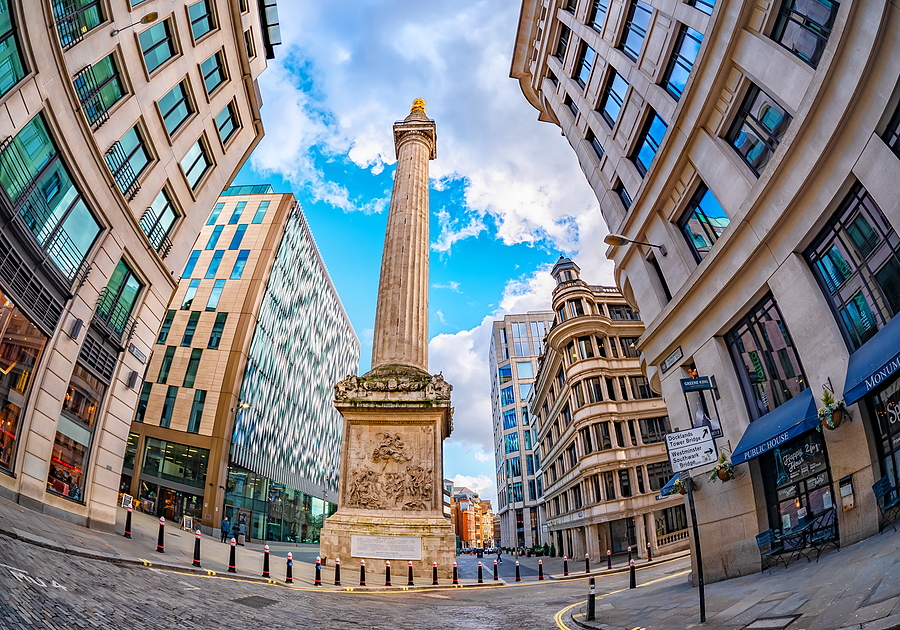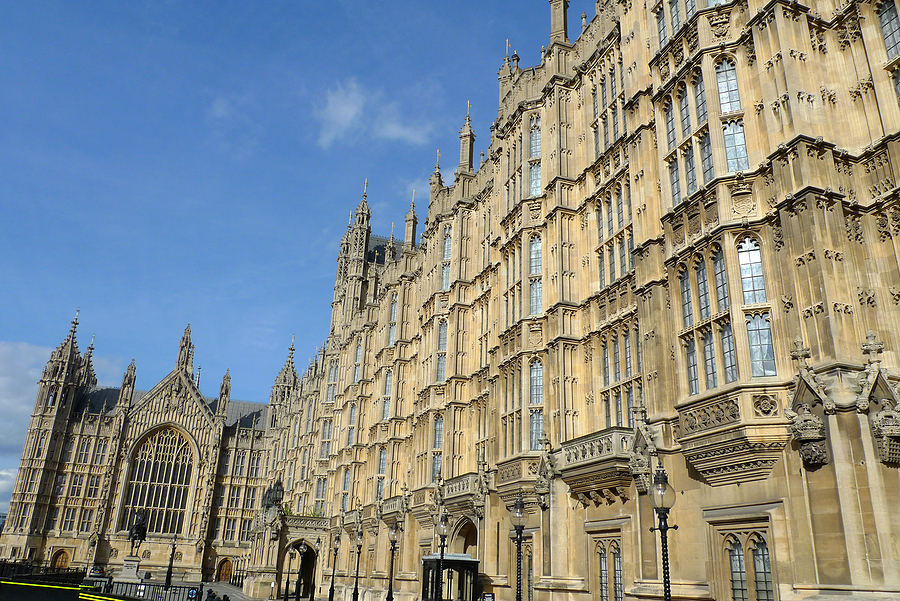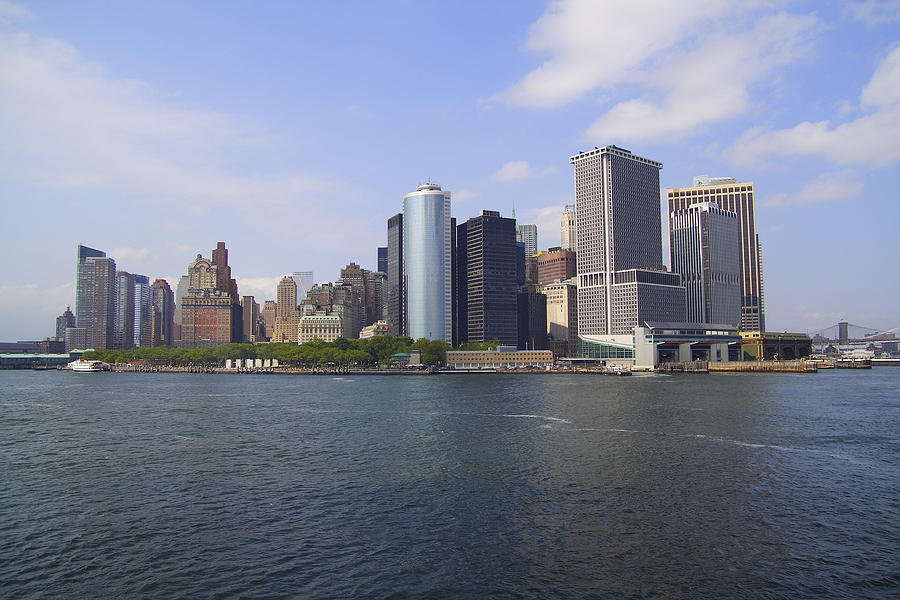Those who undertake private London tours will usually want to do more than just look at all the buildings, statues, streets and parks that make up the urban landscape of today. Every part of it has a tale to tell, with some having a particularly significant attachment to major events in London’s history.
A tour of sites associated with the Great Fire of London is exactly that. This event in 1666 was hugely destructive, but arguably halted the plague that had ravaged the city over the previous year and was to help spark its rebirth, with some wonderful architectural treasures emerging during its reconstruction.
London has gone up in flames on other occasions, but they were deliberate conflagrations started during conflicts, from the attack by Queen Boudicca on Roman London through to the Blitz in the Second World War. By contrast, the Great Fire in 1666 was a complete accident.
How The Fire Began
It started in a baker’s house on the appropriately named Pudding Lane on September 2nd, at the end of a long, dry summer. Although the baker, Thomas Farriner, initially claimed to have put it out, he had clearly not succeeded and the blaze soon spread down the street.
At this time, London had a population of 350,000 crammed into a tightly-packed area with pitched roofs and thatched roofs, with lots of bales of hay in the streets for the horses. A recipe for disaster was being cooked up on Pudding Lane.
Fires like this were actually not uncommon and were usually contained, but it soon became clear that this one was different. An unfavourable wind and dry conditions saw the blaze get out of control, despite the best attempts at firefighting, which were quite inadequate for the task at hand.
Eventually, the Navy helped end the fire by dynamiting houses to create fire breaks, but over the course of four days, it had destroyed 13,200 houses, 87 churches, the Royal Exchange, the roof of London Guildhall and St Paul’s Cathedral. Mercifully, only six people died.
A Scapegoat And A Spiral Staircase
The natural first place to start is where the fire began. There is a plaque on Pudding Lane commemorating the fire, which dates back to 1681. Shockingly, amid conspiracy theories about ‘papists’, an innocent French Catholic called Robert Hubert was wrongly blamed for arson and subsequently hanged.
Around the corner, on Monument Square, stands Wren’s Monument, designed by Sir Christopher Wren and standing 202 ft tall, as it is 202 ft away from where the fire began. Visitors can climb to the viewing platform via a spiral staircase, which offers a great vista across the vicinity.
The column is made from Portland Stone and everyone who climbs it gets a certificate. But this monument was just part of the central role that Wren played in the reconstruction of London.
Not only was he responsible for designing many rebuilt structures, but he even took charge of town planning, creating his own master plan of the layout that a post-fire London would have.
Wren’s New Churches
A visit to St Paul’s Cathedral should be on the itinerary at this point, since this was completely rebuilt to Wren’s design. But for the Great Fire, you might be looking at a very different structure to the famous dome, with the 13th-century cathedral, begun in 1087 and consecrated in 1240, still in place.
Although St Paul’s is the largest church building reconstructed after the fire, 51 others were rebuilt to Wren’s design after the fire. Some are no longer standing, but 24 remain and can be enjoyed by visitors.
Fine examples of his work include the curiously-named St Andrews by the Wardrobe, St Stephen Walbrook and St Bride’s on Fleet Street. At 226 ft tall, the latter has the highest tower of any Wren church and is known as the ‘Journalist’s church’ due to its proximity to the former heart of the UK newspaper industry.
The Guildhall And The Royal Exchange
Visitors to the London Guildhall will still find much of what stood before 1666 in place, but the roof had to be replaced after the blaze destroyed the old one. The Royal Exchange fared much worse. Two new floors had been added just six years before the fire, but the whole building was destroyed.
This time, it was not Sir Christopher Wren who designed the replacement, but Edward Jerman, a city surveyor, although both used the contemporary Baroque style. The new Exchange thrived after it was opened in 1669.
Had the Great Fire not happened, London would look very different today. It would still probably have plenty of skyscrapers and other modern buildings, but St Paul’s and many other churches, the Guildhall and Royal Exchange would all look very different. A tour that takes in these sites will show how just one malfunctioning baker’s oven transformed this city.











